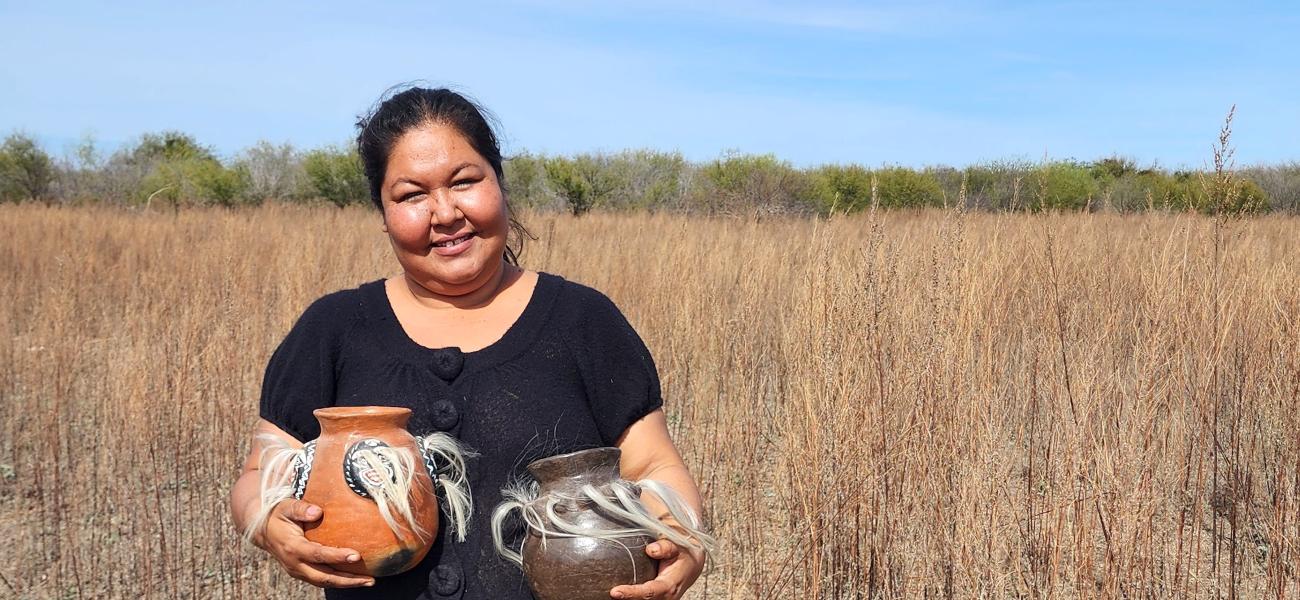Studio Potter Contemporary Audio – Samirah Steinme | RSS.com
Editorial Introduction:
We understand the importance of accessibility and inclusivity in reaching a diverse audience. Therefore, we are pleased to offer this article in both English and Spanish.
For our Spanish-speaking readers, you will find the Spanish version of the text at the bottom of the page. We hope this makes the information more accessible and enjoyable for everyone.
Introducción Editorial:
Entendemos la importancia de la accesibilidad y la inclusión para llegar a una audiencia diversa. Por lo tanto, nos complace ofrecer este artículo tanto en inglés como en español.
Para nuestros lectores de habla hispana, encontrarán la versión en español del texto al final de la página. Esperamos que esta información sea más accesible y agradable para todos.
¡Gracias por leernos y esperamos sus comentarios!
With the help of La Escuela Nacional de Cerámica (National School of Ceramics) in Mexico and their Programa de Hornos de Leña para el Mejoramiento de la Cerámica Mexicana (Wood Kiln Program for the Improvement of Mexican Ceramics), Indigenous communities have been combining traditional practices with modern technology to revive and improve local pottery production. Twenty-six smokeless wood kilns have been built in Indigenous communities throughout Mexico over the past seven years. The smokeless wood kilns were designed and developed by Japanese potter Masakazu Kusakabe, who has helped communities build these kilns worldwide. In Mexico, the kilns have been built by Indigenous community members under the guidance of engineer Yusuke Suzuki, an academic from La Escuela Nacional de Cerámica (ENC).
Compared with traditional firing methods, having access to a smokeless wood kiln offers numerous benefits to communities, such as improved firing times, consumption of less wood, increased productivity and income for potters, and reduced safety hazards such as burns and the inhalation of harmful fumes.


